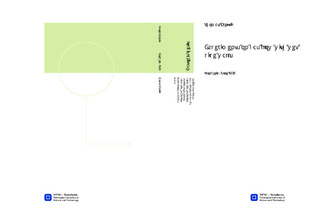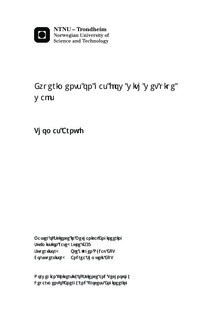| dc.description.abstract | A new experimental setup, for investigation of a possible pressure drop reduction in gas transport pipelines through indruduction of a liquid film at the pipe walls, is presented. Two experimental series are performed, using the high viscosity oil Nexbase 3080 and water as liquid films. Air was used as the gas phase in both series. Numerical simulations of the phenomena are performed in the commercial softwares OLGA and LedaFlow, and the results are compared with the experimental results of similar experiments performed earlier at NTNU. In these experiments the liquid film consisted either of water or Exxsol D80, while air again was used as the gas phase. Pressure drop calculations, taking in different models for the interfacial friction factor in annular flow, was also compared with these experiments. In the experiments presented, large uncertainties were related to the flow rate of air, and also to the pressure drop measurements. Therefore the results only serves as indications on the behaviour of the pressure drop as a function of holdup. No pressure drop reduction, compared to the single-phase pressure drop, was observed in any of the series. For both liquids, the pressure drop was found to increase whenever small amounts of liquds were present. The experiments were performed as dry-up processes, where the film becomes thinner with time, before it breaks down. This evolution is presented in the form of flow visualizations taken at each of the measurement times. Videos showing the full dry-up processes are attached electronically in DAIM. Both simulators tested were found to overpredict the pressure drop as a function of holdup. Most of the interfacial friction factor models also overpredicted the pressure drop observed in the experiments they were tested against. One model fitted all the experimental data points well for both water and ExxsolD80. | nb_NO |

